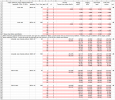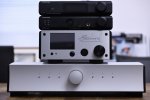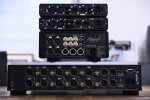If you select the DAC ON INPUT1 option, you can send the remote code for any digital input and this will set the HPA4/LA4 to input 1.
DAC on Input 1 could work for the balanced inputs if the Analog button directly selected Input 2.
Since it does not, there is no good way to select Input 2.
Once DAC on Input 1 is Yes, all other input buttons work and also select Input 1.
Alternately, if there were a DAC on Input 1 AND the Analog button selected Input 2, that would work.
However, it makes more sense to have the D1 - D4 buttons select inputs on the LA4/HPA4 when DAC on Input 1 is NO.
- Rich
Last edited:



